

|


|
|
1/18 Scale Electric Monster Truck:
Team Associated RC18MT - 20110
|
Introduced by Team Associated in 2005, the 4WD RC18MT Monster Truck RTR - # 20110 - was based on the RC18T Truck chassis.
The 18MT is shaft driven on a molded plastic chassis, with ball differentials, coil spring over oil filled dampers, dogbone drive-shafts, chrome wheels, Monster Truck tires, a full set of ball bearings and came with a 370 motor, ESC, Radio system, battery and charger.
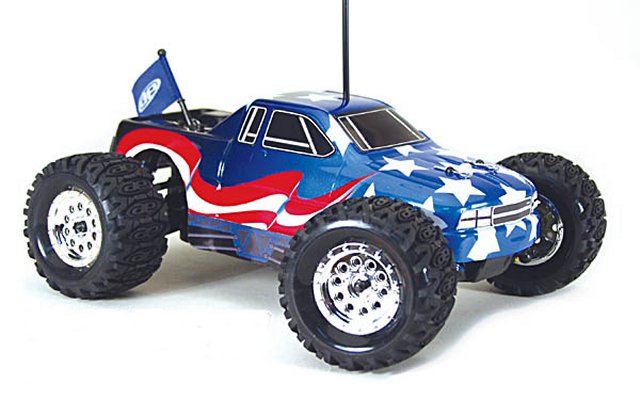
To race the Team Associated RC18MT, it must be fine tuned to improve handling, provide responsive steering and give you the grip to cruise around corners at high speed, without slipping off the track. Small adjustments can make a Big difference and our step by step procedure, will guide you to the best Set-up for your individual driving style.
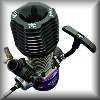
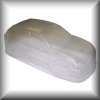
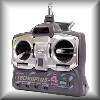

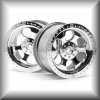
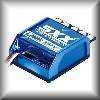
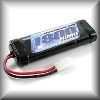
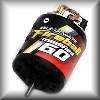
|
|
|

★ Team Associated RC18MT Chassis ★
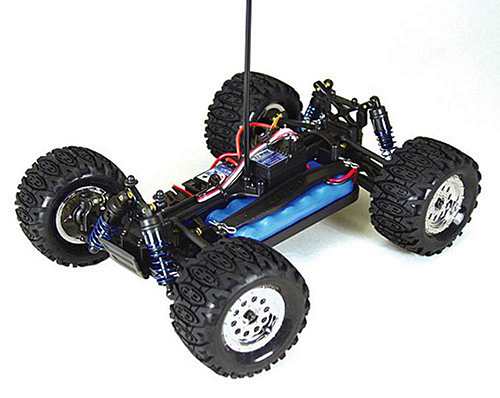
★ Team Associated RC18MT Chassis ★
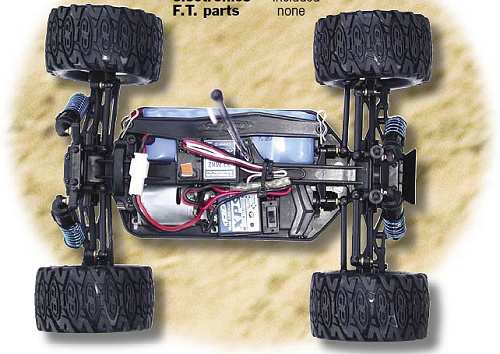
|
Buying a Used Team Associated RC18MT
|
|
Manufacturers and Brands Catalogued, Listed and Reviewed by RC-Scrapyard.
At present, the RC Model Manufacturers, Brands and Distributors covered by us are: ABC Hobby, Academy, Acme Racing, Agama Racing, Amewi, Ansmann Racing, ARRMA, Team Associated, Atomic RC, Axial, AYK, Bolink, BSD Racing, Capricorn, Carisma, Carson, Caster Racing, Cen, Corally, Custom Works, Durango, Duratrax, ECX - Electrix, Exceed RC, FG Modellsport, FS-Racing, FTX, Fujimi, Gmade, GS-Racing, Harm, HBX, Helion, Heng Long, Himoto Racing, Hirobo, Hitari, Hobao, Hong-Nor, Hot Bodies, HPI, HSP, Intech, Integy, Jamara, JQ Products, Kawada, Kyosho, Losi, LRP, Maisto, Mardave, Marui, Maverick, MCD Racing, Megatech, Mugen, New Bright, Nichimo, Nikko, Nkok, Ofna, Pro-Pulse, Protech, PTI, RC4WD, Redcat Racing, RJ-Speed, Robitronic, Schumacher, Seben, Serpent, Smartech, Sportwerks, Step-Up, Tamiya, Team-C Racing, Team Magic, Thunder Tiger, Tomy, Top Racing, Traxxas, Trinity, Tyco, Vaterra RC, Venom, VRX Racing, WLToys, X-Factory, Xmods, Xpress, Xray, XTM, Yankee RC, Yokomo, ZD Racing and Zipzaps. |
|
Hints, Tips and Information
Slipper Clutch and Hydra-Drive
More often installed on Off-Road RC Models, the Slipper Clutch has been around since the late 1990s. Basically the idea is to prevent wheel spin and increase traction under acceleration, to improve the cars stability from a standing start, when landing from jumps or on corner exits. It also protects the spur gear and drivetrain, to some degree, when using a high torque motor. |
|
Hints, Tips and Information
Choosing the right Tire Inserts
Once upon a time, all RC model tires were equal - they were all trash. None of the old tires had any kind of internal support, because the hard compound they were made of didn't need it. But that was before the newer soft compounds were developed. These new tires were so soft that if some kind of insert was not used they would just lay flat under the weight of the car. Thus, the new science of tire inserts was born. Inserts for Off-Road Tires
The basic soft foam inserts that come with many off-road rubber tires can be in one of two types. They can be basic rings of sponge, or the cheap and nasty strips of sponge. Many of the latest foam inserts now come pre-shaped, but more than often, they will need some work done to them before they are inserted into the tires. |
|
RC Models:
|
Radio & Motors: |
Other
Accessories: |